"Important NOTE" Information Provided On This
Website Is Intended For "GENERAL INFORMATION
ONLY" And Must Be
Only Be Used Only As A "GUIDE" It Must Not Be Used For Decision Making, Or
Be Used For Any Building Purposes Or Legal Proceedings. Refer To Our Policies On This Website.
In Construction Site Classification, Is The Core
Of The Building Project.
It gives the details of the sub-soil type and conditions.
Depending on the site classification, the engineers will design the building footing and structure.
Some types of sites are inherently bad for construction and care must be taken to ensure that proper
design parameters are used to overcome the drawbacks.
General weather conditions too, must be taken into consideration for site classification.
The soil at a site may be good for construction, but it may be in a location prone to high winds and
torrential rain.
Therefore the design of the building must take into account the wind shear factor and possible flooding.
After considering the range of different sub-soil conditions in the site, it will be classified it in the
appropriate class.
A Wrong On-Site Classification Can Lead To An
Incorrect
Building Design Or Unnecessary Extra Costs.
Site classification needs sound technical knowledge and experience.
A site may have variable soil such as sands, rock, sandy clays, clays etc.
All of them will exhibit different properties. Different types of soil exhibit, different levels of movement,
ranging from mild to extreme.
Expansive soils are those which contain water absorbing minerals. They expand as they absorb water
and contract when they dry out.
The higher the content of clay in the soil, the more expansive it will be. Though most of the expansion is
due to water, even temperature can cause expansion.
Two Factors Affect Soil Movement
Are:
* Swell
* Shrink
SWELL:
This occurs when the clay layers in the sub-soil absorb water and expand.
Due to the expansion, it can put pressure on structures. At times, this expansion is sufficient to damage
the foundation, floors and walls.
Though the damage is generally confined to lower portions of the structure, if it causes motion within the
structure, it could damage upper levels, including the roof.
In extreme cases the building could collapse.
SHRINK:
This is the opposite of swell.
As the clay layers lose moisture they contract. When soils contract, it causes fissures.
These fissures help water to penetrate more deeply into the sub-soil.
The cycle of expansion and shrinkage puts continuous pressure on the structure. This movement of the
clay can cause structural weakness and damage.
TESTS DONE FOR SOIL
CLASSIFICATION:
Usually two or more test holes, about 2.5 meters deep are dug to get disturbed soil samples. Visual
classification of the bore hole profile will be recorded.
Appropriate soil tests are carried out in the laboratory.
The physical properties of the soil are determined. Depending on the data obtained from the test carried
out, the site is classified.
Based On The Site Classification Data, Structural Engineers
Will Design
The Footings/Foundation And Other Parts Of A Building.
VARIOUS CLASSES IN SITE
CLASSIFICATION:
* Class A - It has a surface movement of 0mm. Sand, gravel and rock sites with no clay, come under this
class.
* Class S - The surface movement for this class is between 0 - 20mm. This site is slightly reactive and
experiences minimal movement with moisture.
* Class M - The movement is in the range of 20 - 40mm. It is moderately reactive and experiences
moderate movement with different moisture content.
Soils under this classification are silty soils, some sandy clays and loamy soil.
* Class H1 - The movement range is between 40 - 60 mm. These sites are highly reactive and exhibit high movement
depending on moisture content.
Different types of silty clay, sandy clay and basaltic clays come in this class.
* Class H2 - It has a movement range of 60 - 75mm. These sites are highly reactive and show high amount
of movement with moisture variations.
Different types of silty clay, sandy clay and basaltic clays fall under this class.
* Class E - The movement range is >75mm.
It is an extremely reactive site and exhibit large movement when moisture content varies.
Deep reactive clays from black/brown soils fall in this category.
* Class P - Since site classification considers all aspects of the site; P classification indicates that other
factors also need consideration and not soil data alone.
It does not indicate a specific movement range, but is categorized as a problem site.
Some Of The Reasons For This Classification
Are:
- growth/removal of vegetation will cause abnormal moisture conditions.
- unusually high water content due to nearby water body.
- sites with either controlled or uncontrolled loose fill.
- sites with poor load bearing ability.
- sites prone to subsidence, piping or erosion.
- sites which cannot be classified as normal due to one or more reasons.
A site has to be assessed carefully before site classification is done. Depending on the classification of
the site, the building will be designed.
A mistake made in classification can result in extra costs, damage to buildings and risk to humans.
|

|
Videos Are Under Construction They Will Be Uploaded
Soon |
|

|
Videos Are Under Construction They Will Be Uploaded
Soon |
"Important NOTE" Information Provided On This Website Is
Intended For "GENERAL INFORMATION
ONLY" And Must Be Only
Be Used Only As A "GUIDE" It Must Not Be Used For Decision Making, Or
Be Used For Any Building Purposes Or Legal Proceedings. Refer To Our Policies On This Website.
| 

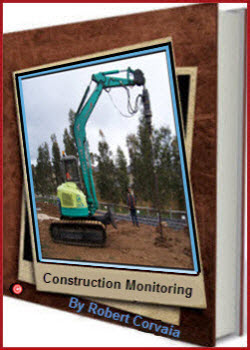
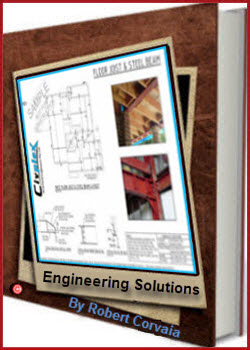
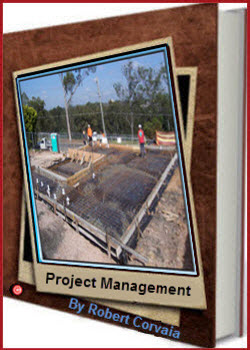











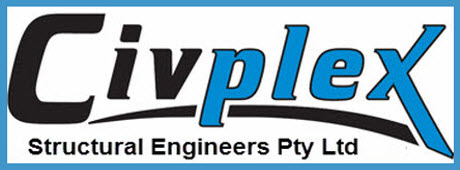
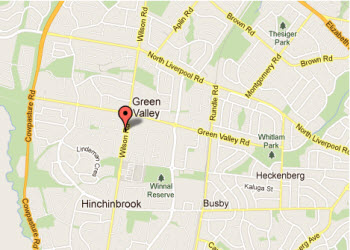
 Facebook
Facebook Netvouz
Netvouz Stumbleupon
Stumbleupon Technorati
Technorati BlinkList
BlinkList Digg
Digg Livejournal
Livejournal Reddit
Reddit Wists
Wists Diigo
Diigo Ma.gnolia
Ma.gnolia Twitter
Twitter Yahoo My Web
Yahoo My Web Spurl
Spurl Newsvine
Newsvine Google Bookmarks
Google Bookmarks Fark
Fark Delicious
Delicious Blogmarks
Blogmarks

























